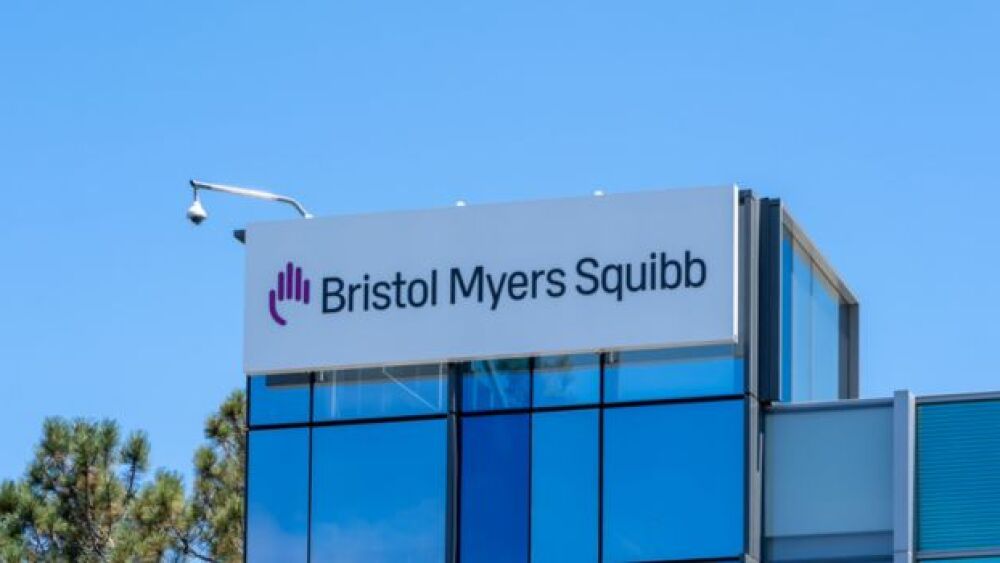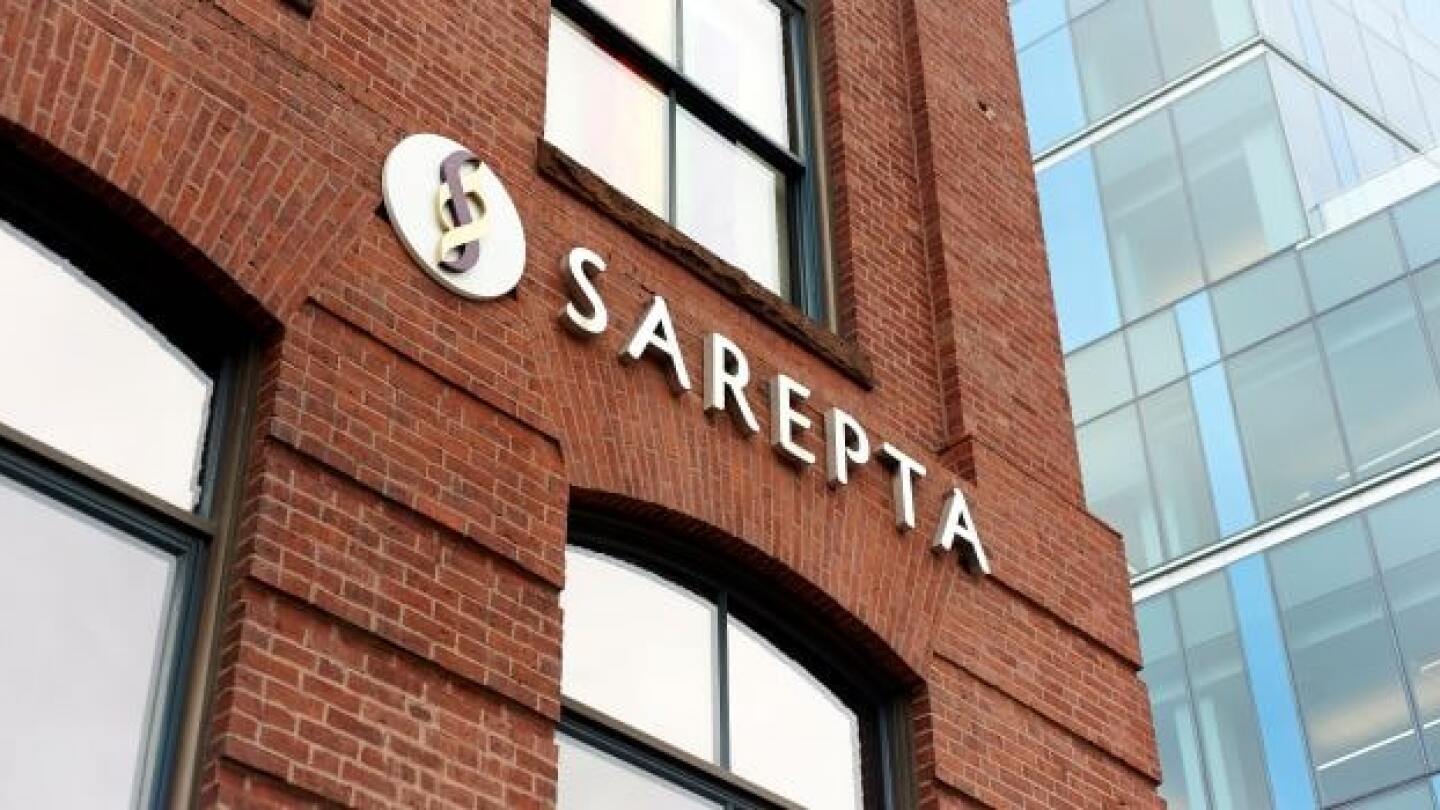News
Johnson & Johnson will discontinue the Phase II Auτonomy study of posdinemab after a scheduled review found the anti-tau antibody failed to slow clinical decline in patients with early Alzheimer’s disease.
FEATURED STORIES
With immunology and inflammation blockbusters like AbbVie’s Skyrizi and Rinvoq reeling in nearly $7 billion combined in the third quarter, the pipeline-in-a-product strategy has never been more attractive.
With pricing pressures climbing, Pfizer, Eli Lilly and other major drugmakers are looking to sell their products directly to patients. Analysts are skeptical that these efforts, including those announced to much fanfare from the White House, will result in meaningful reductions in drug spending.
Representatives from companies such as Sanofi and Forge Biologics point to the potential for PreCheck to drive activation of idle production capacity and help companies that are already building plants.
Job Trends
The biopharma job market likely won’t turn around until 2026, according to two industry experts. Both cited a need for more investment and noted the impact of uncertainty on the industry.
FROM OUR EDITORS
Read our takes on the biggest stories happening in the industry.
As I ran from interview to interview across San Francisco, I was consistently warmed by the stories I was told by biotech and pharma executives—and the general comradery in the air throughout the chaotic event.
THE LATEST
Only one clinical-stage asset from the ProfoundBio acquisition remains in development: The antibody-drug conjugate Rina-S, in late-stage studies for ovarian and endometrial cancer.
Nxera, which formerly went by Sosei, will also reprioritize its pipeline to focus on obesity, metabolic and endocrine diseases.
With positive data from the Phase III HERIZON-GEA-01 study, Zymeworks and Jazz Pharmaceuticals will file an approval application for Ziihera in the first half of 2026 for the treatment of gastroesophageal adenocarcinoma.
The introduction of AbbVie’s hepatitis C drugs in 2014 forced Gilead’s hand in the fight for market dominance in hepatitis C. A similar dynamic is now playing out between Eli Lilly and Novo Nordisk in the obesity space, with some key differences.
The industry’s ability to generate a return on billions of dollars of investment rests on a heavily regulated supply chain defined by time-pressured logistics.
Halda Therapeutics is developing oral assets for prostate and lung cancer. The deal comes after Johnson & Johnson set an ambitious goal for its oncology sales by 2030.
The companies have yet to disclose how many programs they plan to collaborate on or what indications they will prioritize.
Sarepta must also run a post-marketing study for Elevidys to better assess the risk of serious liver injury in patients dosed with the gene therapy.
Artios Pharma is working on a pipeline of oncology assets, led by alnodesertib, currently being tested for second-line pancreatic cancer and third-line colorectal cancer.
Aside from announcing layoffs, Sensei has decided to terminate its R&D work. The biotech has $25 million on hand, and continues to evaluate its strategic alternatives.






















